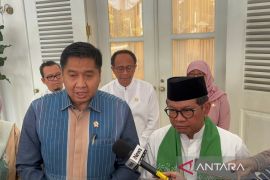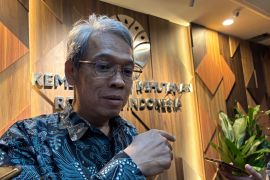"We wish the tax ratio will reverse from a downward trend in the past five years. We have expenditures for infrastructure development, social protection and regional transfers which are all paid by tax," head of Fiscal Policy of the Ministry of Finance, Suahasil Nazara, said after attending a seminar of tax reform here on Monday.
He said the development expenditures were projected to increase by 15 to 16 percent of the gross domestic product in the next three to four years.
"So,tax revenue is supposed to be near it so that we can finance development projects with the tax that we collect " he said.
The tax ratio which in its narrow term means tax collected by the central government exclusive non-tax income and social contributions was recorded at 10 to 11 percent of the GDP from 2013 to 2016.
Suahasil said increasing tax ratio was not as easy as boosting spendings. It would only be successful if it is supported by optimization measures and efforts to increase tax basis especially in dominant and big sectors, he explained.
Development of tax ratio is also influenced by global economic development and external factors such as commodity prices, he said.
Suahasil said the government is currently striving to reform its tax system with regard to increasing tax revenue.
He explained elements of the tax system improvement include human resources, information technology, business process and regulations.
"Right now the government is holding talks with DPR (parliament) to revise the law on tax procedures and general terms. The government is also discussing bill on non-tax state revenue. They are all directed to boost tax ratio," he said.
Through tax system reform it is expected tax revenue to increase two to three percent in five years to make the tax ratio reach more than 13 percent of GDP, he said.(*)
Editor: Heru Purwanto
Copyright © ANTARA 2017











